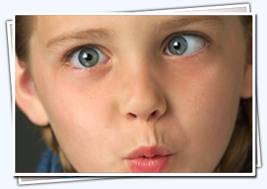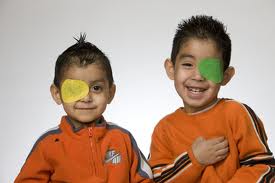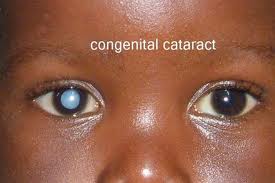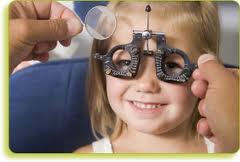Pediatric Ophthalmology
The Pediatric Ophthalmology Unit at HARPREET EYE AND DENTAL CARE CENTRE deals with eye problems in children. Adult patients suffering from squint and double vision are also examined and treated effectively.
Our state-of-the-art, child-friendly environment helps us successfully treat thousands of children each year while remaining at the forefront of scientific advances in the continued care of pediatric eye-related health conditions
Pediatric ophthalmology is a sub-speciality of ophthalmology concerned with eye diseases and vision care in children.
Eye problems in children
Children experience a variety of eye problems, many quite distinct from adult eye diseases.
Strabismus is a misalignment of the eyes that affects 2-4% of the population; it is often associated with amblyopia. The inward turning gaze commonly referred to as “crossed-eyes” is an example of strabismus. The term strabismus applies to other types of misalignments, including an upward, downward, or outward turning eye.

Amblyopia (aka lazy eye) occurs when the vision of one eye is significantly better than the other eye, and the brain begins to rely on the better eye and ignore the weaker one. Amblyopia affects 4% of the population and is clinically diagnosed when the refractive error of one eye is more than 1.5 diopters different than the other eye. The management of amblyopia involves correcting of significant refractive errors and using techniques that encourage the brain to pay attention to the weaker eye such as patching the stronger eye.

Retinopathy of prematurity
Pediatric cataracts

Pediatric glaucoma
Abnormal vision development
Genetic disorders often cause eye problems for affected children. Since approximately 30% of genetic syndromes affect the eyes, examination by a pediatric ophthlamologist can help with the diagnosis of genetic conditions. Many pediatric ophthalmologists participate with multi-displinary medical teams that treat children with genetic syndromes.
Congenital malformations affecting vision or the tear drainage duct system can be evaluated and possibly surgically corrected by a pediatric ophthalmologist.
Orbital tumors
Refractive errors such as myopia (near-sightedness) and astigmatism can often be corrected with prescriptions for glasses or contacts.

Accommodative insufficiency
Convergence insufficiency and asthenopia
Evaluation of visual issues in education